A family sells their suburban home, moves 1,100 miles to their dream homestead, then watches in horror as their savings evaporate on unforeseen expenses.
They’re not alone. According to research, 40-50% of new homesteaders quit within two years after losing $30,000-$50,000 to preventable mistakes.
The difference between homesteading success and failure isn’t luck—it’s learning from those who’ve gone before.
This guide reveals the 15 most expensive homesteading mistakes documented by experts like Joel Salatin and Jill Winger, with real costs and practical prevention strategies for 2025.
Your homesteading journey starts with knowledge, not costly trial and error.
1. Going Into Debt Before You’ve Earned a Dollar

Among the costliest homesteading mistakes beginners make, going into debt before earning a single dollar tops the list. This financial misstep can burden you with $30,000-$50,000+ in unnecessary debt that takes years to overcome.
Take the real-life example documented by Mother Earth News, where one couple (Pure Living for Life) spent over $30,000 in just their first five months without any income plan.
They paid for hotels while waiting for their property to become livable, bought equipment they didn’t need immediately, and faced emergency expenses they hadn’t budgeted for.
This mistake has become even more dangerous in 2025, with interest rates having doubled since 2022. Borrowing is now twice as expensive as it was just a few years ago, turning a $50,000 loan into $3,500 in annual interest payments alone.
As Joel Salatin of Polyface Farm wisely notes, “Debt should only be used to leverage income… if it’s actually going to generate income and return an investment.”
What makes this mistake so painful is the hidden costs. When you’re cash-strapped, you’ll pay 50-100% premiums for emergency repairs and last-minute necessities.
The reality? Starting a homestead typically costs $50,000-$150,000 over five years, and breaking even takes 3-5 years minimum. With 51% of homesteaders citing finances as their biggest barrier, starting debt-free gives you a crucial advantage.
Start small and pay cash. Build 2-3 years of expenses in savings before quitting your day job. Complete projects slowly instead of hiring contractors.
Consider living in an RV ($200-$3,000 used) while building infrastructure—many successful homesteaders have followed this path for years.
2. Buying the Wrong Land Without Proper Research

One of the most expensive homesteading mistakes new homesteaders make is purchasing property without thorough research. This single error can cost between $45,000-$200,000 in property losses or relocation expenses.
Critical factors often overlooked include well flow rate (you need 5-10 GPM minimum), soil quality, zoning restrictions, flood zones, and seasonal property changes.
Mother Earth News documented a family who moved 1,100 miles sight-unseen, only to discover their well was insufficient, they were an extreme 40+ miles from town, and the housing was unsuitable for their needs. They nearly abandoned their homesteading dream entirely.
The stakes are even higher in 2025, with rural land prices up 30-50% due to the remote work boom. Land costs now range from $750/acre in Wyoming to $10,000/acre in California, making mistakes far more costly than just a few years ago.
Well drilling alone runs $8,000-$25,000 depending on depth, with costs averaging $50 per foot. When a property’s water source fails, the entire homestead becomes unviable.
Before purchasing any property, complete this essential checklist:
- Test well flow rate BEFORE closing (need minimum 5 GPM, prefer 10+ GPM)
- Get a professional soil test ($25-$150)—this is not optional
- Visit the property in all four seasons if possible
- Verify zoning allows your intended livestock and structures
- Check distances to essential services (feed store, vet, hospital)
Solution: Hire a land consultant ($500-$2,000) to review before purchase—this investment saves thousands. Never buy sight-unseen, and always test water first.
3. Inadequate Water System Planning
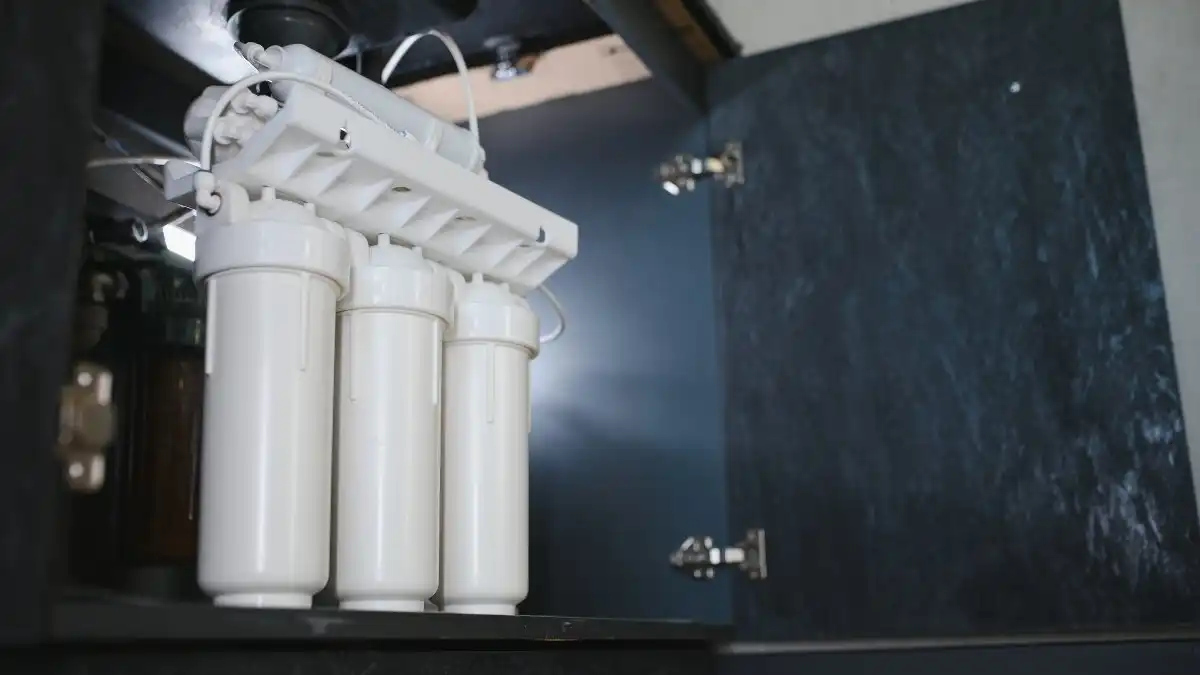
Water is the lifeblood of any homestead, yet many beginners underestimate its importance. Drilling costs have increased 30-40% in 2025 due to labor shortages, making water mistakes even more expensive.
Backwoods Home Magazine documented a case where a 590-foot well produced only 4 GPM (gallons per minute), requiring over $15,000 in remediation costs. The family had to install additional storage tanks, a more powerful pump, and filtration systems they hadn’t budgeted for.
Every working homestead needs these water essentials:
- Backup water system for emergencies
- Proper filtration ($1,000-$8,000)
- Adequate storage tanks
The costs add up quickly:
- Well drilling: $8,000-$25,000 average
- Cistern/water storage: $2,000-$10,000
- Filtration systems: $1,000-$8,000
- Emergency water hauling: $50-$100 per load when you run dry
Without adequate water, gardens fail, livestock suffer, and daily life becomes nearly impossible. One homesteader reported spending $900 in emergency water deliveries during a three-week pump failure.
Always test well output before closing on any property. Budget for filtration and backup systems immediately—don’t wait until problems arise. In some situations, multiple small wells may be more reliable than one deep well.
4. Wrong Tractor or Equipment Decisions
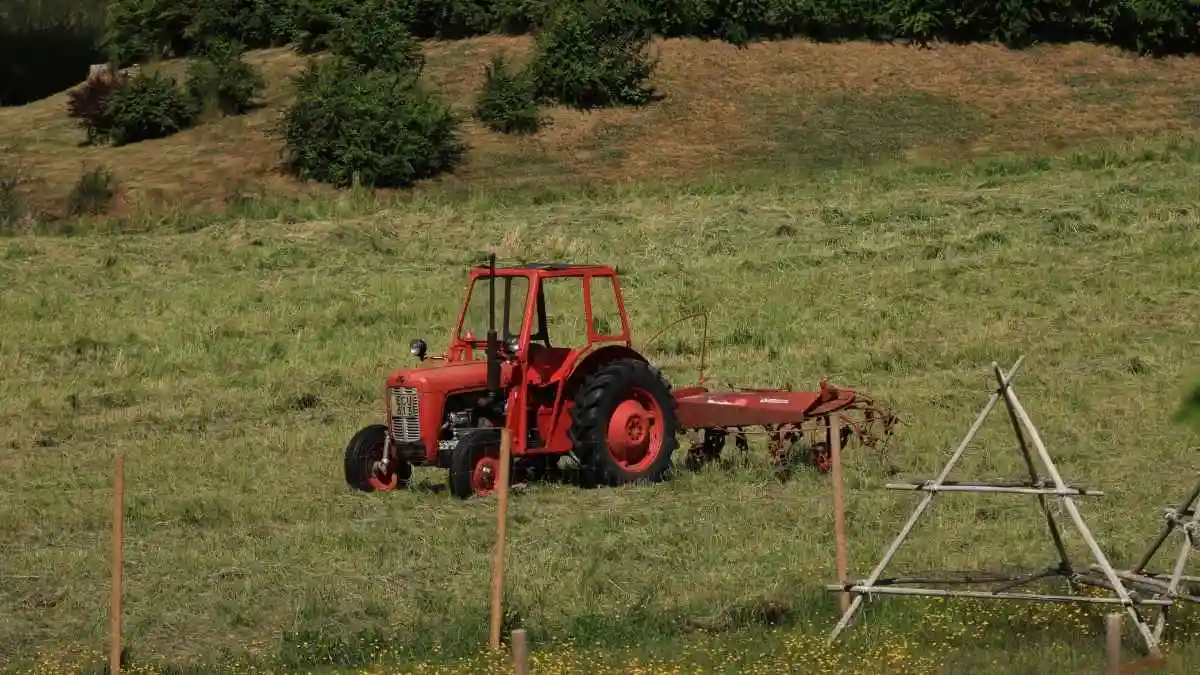
Common homesteading mistakes often revolve around equipment, with tractors being the most significant potential waste. New tractors cost $15,000-$35,000—an expense many beginners simply don’t need to make.
The wrong-sized tractor becomes a total loss: too small can’t handle the work you need, while too large damages your land and costs more to maintain. In 2025’s market, equipment prices have jumped 15-25%, with the used market becoming increasingly competitive.
Consider these real examples:
- A family spent $25,000 on a new tractor for their 5-acre property—massive overkill that tied up capital needed for other projects
- A homesteader bought a compact tractor that couldn’t handle the implements they later needed
- Many beginners purchase without understanding maintenance costs ($500-$2,000 annually)
For most properties between 2-40 acres, a 35-55 HP tractor is ideal—if you need one at all.
But experienced homesteaders overwhelmingly recommend waiting 1-2 years, renting equipment for major projects ($200-$400/day), then buying exactly what you need based on your actual experience.
“I wasted $12,000 on a tractor I barely used the first year,” admits one homesteader. “I could have rented one for the few days I needed it and saved that money for fencing and livestock.”
Rent equipment for your first year. Ask neighboring farmers what they recommend for your specific acreage and needs. When you do buy, purchase used from a reputable dealer with a warranty.
Budget $1,500-$3,000 annually for maintenance.
5. Overspending on House Instead of Infrastructure

A critical error many new homesteaders make is pouring $20,000-$100,000 into house upgrades instead of farm infrastructure. This misallocation of funds often derails the entire homesteading journey.
Successful homesteaders follow this proven priority order: Water → Septic → Power → Barn → Fencing → House upgrades.
One success story documented by Mother Earth News showed a family living in a $2,500 RV while building proper infrastructure first—they now run a profitable operation.
Animals and gardens generate income and savings; house cosmetics don’t. Jill Winger of The Prairie Homestead started on what she calls a “ramshackle” property but focused on infrastructure first.
Today, she runs a successful operation with over 1 million monthly blog visits.
Consider these comparisons:
- $40,000 kitchen remodel could fund an entire chicken operation for 5 years
- Luxury bathroom upgrades vs. a $10,000 proper barn that enables livestock income
- Finished basement vs. adequate fencing ($5,000-$15,000) preventing livestock losses
“We focused on the barn first, and it was the best decision we made,” reports one successful homesteader. “That barn has paid for itself multiple times over, while our friend’s fancy kitchen remodel just sits there looking pretty.”
Live simply for the first 2-3 years. Put every dollar into income-generating infrastructure. House improvements should come after your homestead is functional and producing.
6. Not Building Things Right the First Time

Homesteading mistakes often compound when beginners try to save money by cutting corners on initial construction.
This false economy typically costs 2-3 times the original investment when you’re forced to rebuild. Jill Winger of The Prairie Homestead calls this her #1 documented mistake: “Our frugality got the best of us and actually cost MORE money in the long run.”
With building materials up 20-40% since 2021, rebuilding in 2025 is even more expensive than it was just a few years ago.
Common failures include:
- Cheap T-posts that won’t hold livestock: $1,800 wasted, $2,500 to redo properly
- Chicken coops built without predator protection: $500 in lost chickens first year, $2,000 to rebuild
- Garden beds with non-rot-resistant wood: Complete replacement needed in 2 years at double the cost
Today’s material costs make these mistakes more painful than ever:
- T-posts now $5-6 each (up from $3-4)
- Pressure-treated lumber up 40% from pre-pandemic prices
- Labor rates: $50-60/hour (up 15-25%)
One homesteader shared: “We built our first chicken coop with cheap materials to save money.
After losing an entire flock to raccoons and rebuilding with proper materials, we spent three times what it would have cost to do it right the first time.”
Buy quality materials for permanent structures. Use reclaimed or used materials only for temporary projects. Consult experienced homesteaders before building anything significant. Remember the wisdom: “Buy once, cry once.”
7. Inadequate or Improper Fencing
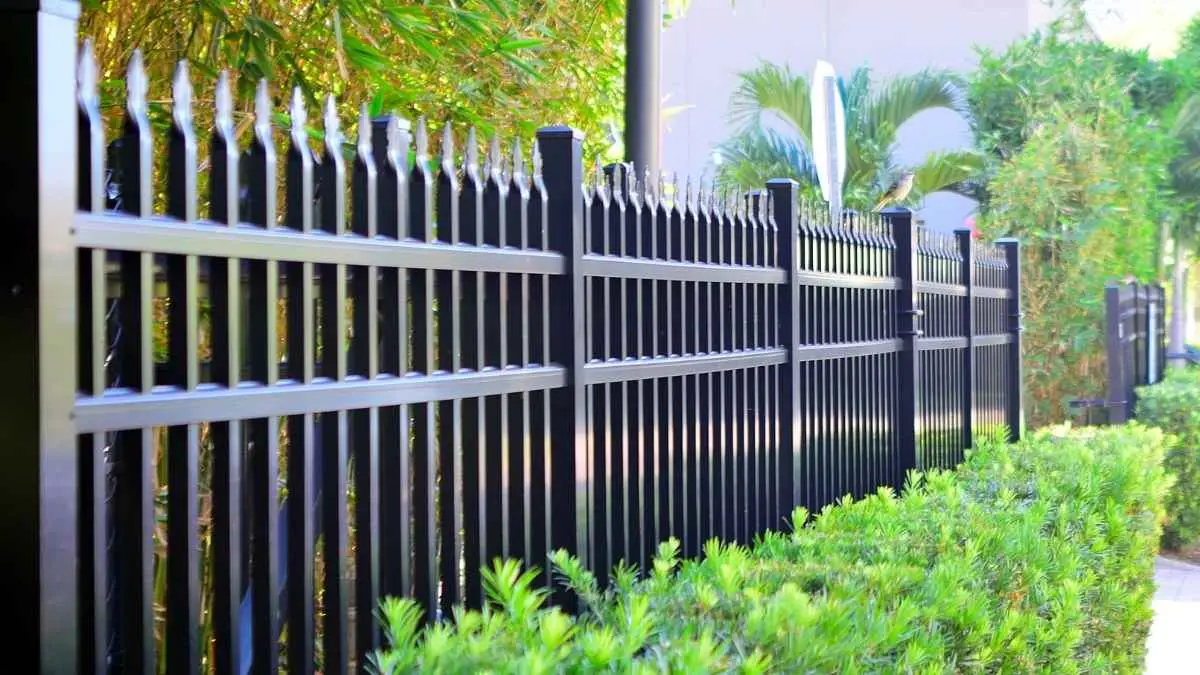
Proper fencing costs between $5,000-$20,000 for 1-5 acres, varying by type—but inadequate fencing costs far more in animal losses, neighbor conflicts, and eventual replacement.
The most common failures include posts installed too shallow (they need 3-4 feet minimum depth), wrong fence types for specific livestock, and gates placed in inconvenient locations.
In 2025, barbed wire runs $1,800-$2,500 per quarter-mile, while electric fencing costs $1,200-$1,800 for the same distance.
Each livestock type requires specific fencing:
- Woven wire: Most durable but highest upfront cost
- Electric: Lower cost but requires regular maintenance
- Barbed wire: Suitable only for cattle and can injure other animals
- T-posts: $5-6 each; wood posts: $8-12 each
One homesteader learned this lesson the hard way: “We used field fence for our goats, and they escaped within hours. After spending $3,200 on the original fence, we had to spend another $4,500 to install proper goat fencing.”
To prevent fencing disasters, follow these steps:
- Plan your entire property fencing before installing any sections
- Consider specific animal behavior (goats climb, pigs dig, chickens fly)
- Budget 20% extra beyond your initial fencing estimate
- Hire professionals for corners and gates (the most critical parts)
Don’t install a single fence post until you have a complete layout plan. Always over-engineer rather than under-build. For complex situations, hire professionals—the cost of doing it right once is always less than fixing it twice.
8. Wrong Livestock Choices and Buying Before Ready

For homesteading beginners, animal losses of $500-$3,000+ often result from poor livestock choices or bad timing. Insteading documented a family disaster where beginners purchased 5 calves, 50 chickens, 2 hogs, and 10 sheep without proper infrastructure—resulting in catastrophic failure.
In 2025, feed costs have risen 25-40% ($18-25 per 50 lbs; organic $30-40), making livestock mistakes more expensive than ever.
Most successful homesteaders recommend starting with just 3-6 chickens and waiting 1-2 years before adding larger animals.
Real costs you should know:
- Day-old chicks: $2-5 each for common breeds
- Goats: $500-$1,000+ each
- Cattle: $500-$600 per head average
- Annual feed costs per chicken: $30-50
- Emergency vet visits: $200-$500 each
From Scratch Farmstead documented raising 60 Freedom Rangers (meat chickens) at a total cost of $708 including feed and processing—breaking down to $3-4 per pound of finished meat, higher than store-bought.
The most common beginner mistakes include:
- Buying cute animals impulsively (ducks, rabbits, goats) without research
- Getting rare or exotic breeds that require special care
- Adding multiple species at once, when different animals have different needs
“We started with goats, chickens, and pigs all in the first month,” one homesteader shared. “It was overwhelming, expensive, and we lost several animals. If we’d started with just chickens, we would have learned the rhythms of animal care before taking on more.”
Start with 3-6 chickens only. Build all infrastructure completely before animals arrive. Research breed requirements extensively. Wait 1-2 years before expanding to larger livestock.
9. Poor Property Layout Planning
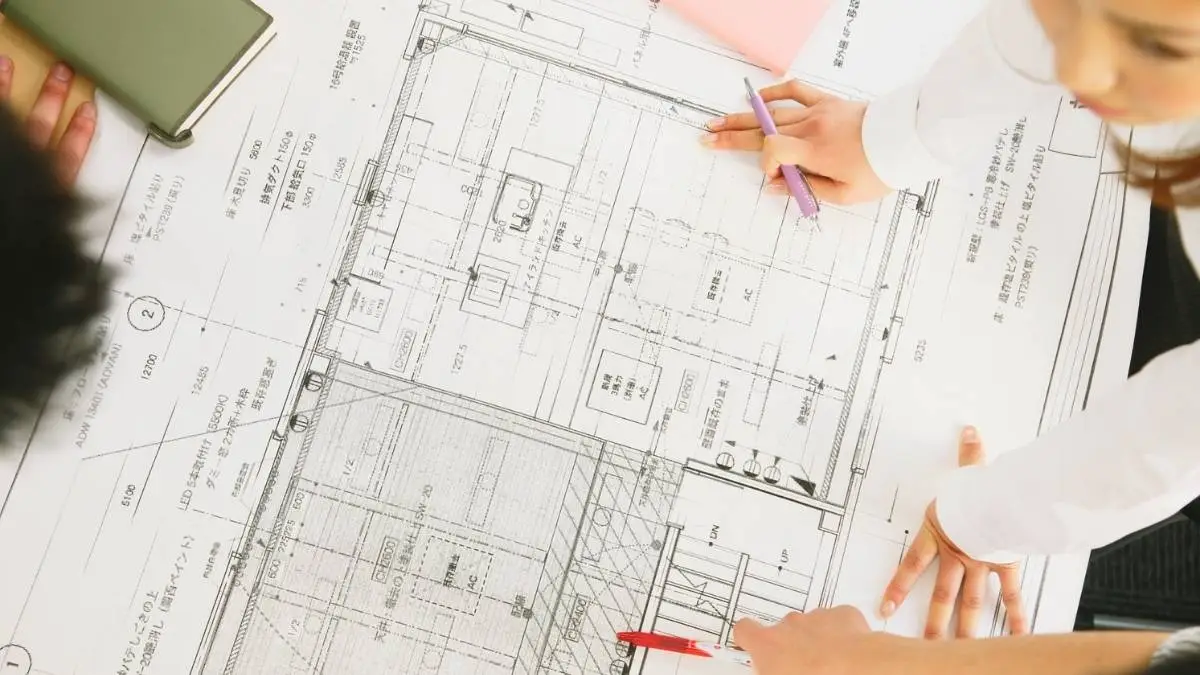
Poor layout planning can cost $2,000-$10,000 per structure to relocate, plus countless hours of wasted daily effort over years.
Many homesteaders place structures without considering sun patterns, drainage, wind direction, seasonal changes, or daily access needs.
One family placed their chicken coop 300 yards from their house, turning a 10-minute daily chore into a 30-minute trek through all weather conditions.
Permaculture experts recommend using zone planning:
- Zone 1: Daily use items (kitchen garden, chickens) closest to house
- Zone 2: Regular maintenance (main garden, small livestock)
- Zone 3: Occasional care (orchard, larger animals)
- Zone 4: Minimal management (pasture, woodlot)
- Zone 5: Wild areas
Common costly mistakes include:
- Placing chicken coops far from the house (daily trips become burdensome)
- Putting gardens in full shade (wasting money on seeds and amendments)
- Building barns uphill from houses (forcing uphill hauling of water and feed)
“We built our barn in what seemed like a logical spot,” one homesteader shared, “only to realize it was the lowest point on our property. Every rain turned the area into mud. We spent $8,000 moving it the following year.”
Spend 6-12 months observing your property before placing permanent structures.
Map sun patterns, water flow, and wind direction through all seasons. Consider hiring a permaculture designer ($500-$2,000)—this investment can save thousands in avoided mistakes.
10. Ignoring Zoning Laws and Regulations

Overlooking local regulations can result in fines of $100-$1,000 per day, legal fees of $2,000-$10,000+, and potentially forced removal of structures—a complete loss of your investment.
In 2025, suburban HOA enforcement against homesteading activities has increased significantly.
One homesteader built a fence on what they thought was their property line, only to discover it was incorrect after a survey—resulting in an $8,000 rebuild plus strained neighbor relations.
Before starting any homestead project, check these essential items:
- Building permits for all structures over a certain size
- Livestock restrictions (types, numbers, required setbacks)
- Zoning classifications (agricultural, residential, mixed-use)
- HOA covenants if applicable
- Septic and well regulations
- Fence setback requirements
Preventive steps include:
- Getting a property survey before building anything ($300-$800)
- Reviewing all zoning codes at your county office
- Obtaining permits even for “small” structures
- Joining local homesteading communities to learn about local quirks
“The saying ‘better to ask forgiveness than permission’ is terrible advice for homesteading,” warns one experienced homesteader.
“Our neighbor ignored setback requirements and had to tear down a $12,000 barn when a new neighbor complained.”
Call your county zoning office before purchasing property. Factor permit costs into your budget. Document everything in writing. Remember that “better to ask forgiveness than permission” is BAD advice when it comes to zoning—ignoring regulations can cost you everything.
11. Taking On Too Much at Once

Burnout leads to a 40-50% quit rate among new homesteaders within two years. Joel Salatin calls years 2-4 the “Slough of Despond”—when homesteading gets harder before it gets easier.
One family documented trying to start a garden, build a chicken coop, fence pasture, and renovate their house all in their first month. The result? Multiple abandoned projects, wasted money, and nearly giving up entirely.
“That is usually 3-5 years before you come back in to where you entered… most people quit, right in the bottom of the trough. Right when it’s ready to turn back up and you start making headway, that’s when everybody quits.”
Common overwhelm scenarios include:
- Starting a garden, chickens, goats, and building a barn simultaneously
- Planting an entire acre garden the first year (impossible to maintain)
- DIY-ing everything without help or outside support
Instead, successful homesteaders follow this first-year plan:
- Spring: Start a small garden (200-400 sq ft)
- Summer: Preserve harvest, build chicken coop
- Fall: Plant perennials, add 3-6 chickens
- Winter: Plan next year, learn skills
“We tried to do everything at once,” admits one homesteader. “By month three, we were exhausted, behind schedule, and had spent twice our budget. When we slowed down and focused on one project at a time, everything changed.”
Write a 5-year plan. Commit to just one major project per season. Celebrate small wins along the way. Remember: Homesteading is a marathon, not a sprint.
12. Not Having a Written Plan

Without a written plan, homesteaders face poorly placed structures ($5,000-$20,000 to relocate), budget overruns (50-200% is typical), and wasted time and effort.
Research shows that homesteaders without detailed plans spend 2-3 times more money and take twice as long to become profitable. Yet many beginners skip this crucial step out of eagerness to start.
Every successful homestead plan needs:
- Scaled property map with existing features (house, well, septic, utilities)
- Planned structure locations with dimensions
- Garden bed layouts with crop rotation
- Water/irrigation system design
- Fencing plan with gates marked
- 5-year project timeline with costs
- Annual budget (realistic, not optimistic)
Free planning tools that can help include:
- Simple graph paper and colored pencils (low-tech works well)
- Planter App (digital garden planning)
- Livestocked (animal management app)
“Our first year was chaos,” shares one homesteader. “After nearly giving up, we took three months to create a detailed plan. The next four years went smoothly, and we’re now profitable. The plan made all the difference.”
Solution: Spend your first 3-6 months planning before buying anything major. Update your plan quarterly as you learn. Share it with an experienced homesteader for feedback. Remember that time spent planning saves both money and heartache.
13. Thinking Homesteading Will Save Money Immediately

A dangerous myth many homesteading beginners believe is that they’ll save money right away. The reality? Meat chickens cost $3-4 per pound to raise (often more than store prices), and eggs typically don’t break even for 2+ years.
A University of Wyoming beef study found that raising your own beef saves only about $235 compared to retail prices, after 60+ hours of labor—that’s just $3.86 per hour, well below the average wage of $24 per hour.
From Scratch Farmstead documented raising 60 meat chickens at a total cost of $708 including chicks, feed, and processing. The actual timeline for real savings? Most homesteaders report 3-5 years before they see financial benefits.
The true cost breakdown:
- Eggs: Chicken $20-30 + coop $500-$2,000 + feed $30-50/year = Break-even year 2-3
- Garden: Seeds $50 + amendments $100-300 + tools $200-500 = Savings year 2+
- Meat: Significantly more expensive than store-bought for first 3-5 years
Jill Winger from The Prairie Homestead provides this insight: “This can be true in some instances (such as vegetable gardening) but not so much when it comes to dairy animals or even chickens.”
What homesteading DOES provide immediately:
- Higher quality food (nutrition, taste)
- Food security and independence
- Connection to food sources
- Life skills and resilience
- Improved health outcomes
- Quality of life improvements
Solution: Focus on quality, health, and self-sufficiency—not immediate cost savings. Track all expenses honestly to understand your true costs. Expect a 3-5 year investment period before seeing financial benefits.
14. No Emergency or Backup Systems
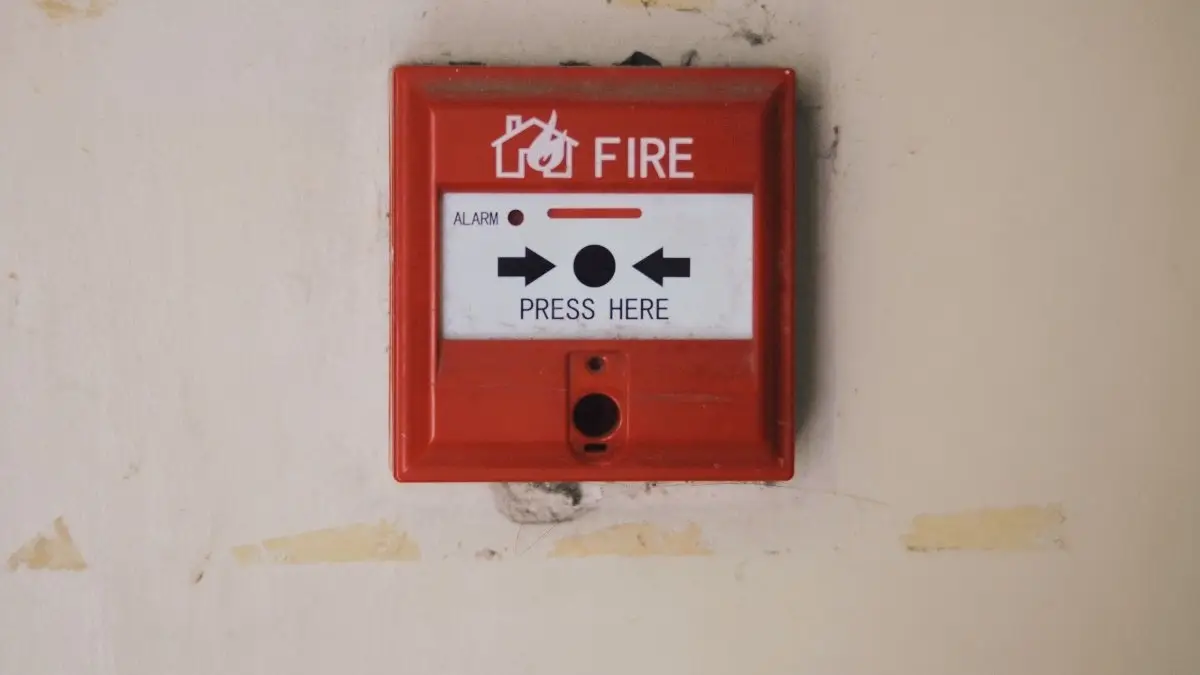
Lacking backup systems can result in spoiled food worth $500-$2,000, emergency repairs at 50-100% premium prices, and devastating animal losses.
The increasing frequency of extreme weather in 2025 makes backup systems more essential than ever. Every homestead needs water storage, a generator ($800-$2,500), spare parts for critical systems, and emergency animal shelter options.
Real failures documented by homesteaders include:
- Heat lamp failure on a cold night: All chicks died ($500-$1,000 loss)
- Power outage: Freezer meat spoilage ($800-$2,000 loss)
- Well pump failure: 3 days without water ($300 emergency water delivery)
Critical backup systems every homestead needs:
- Backup water: 300-500 gallons storage minimum
- Generator or solar backup: $800-$5,000
- Spare well pump parts
- Emergency livestock shelter
- Backup heat source
- Extra feed stored (1 month minimum)
“Our generator paid for itself in one weekend,” reports a homesteader from Michigan. “When a winter storm knocked out power for three days, we saved $1,500 in frozen meat and kept our animals alive while neighbors lost livestock.”
Budget 10-15% of your infrastructure costs for backup systems. Buy a generator before your first winter. Test your backup systems quarterly to ensure they work when needed. Keep an emergency fund of $2,000-$5,000 for unexpected repairs.
15. Inadequate Food Preservation Setup
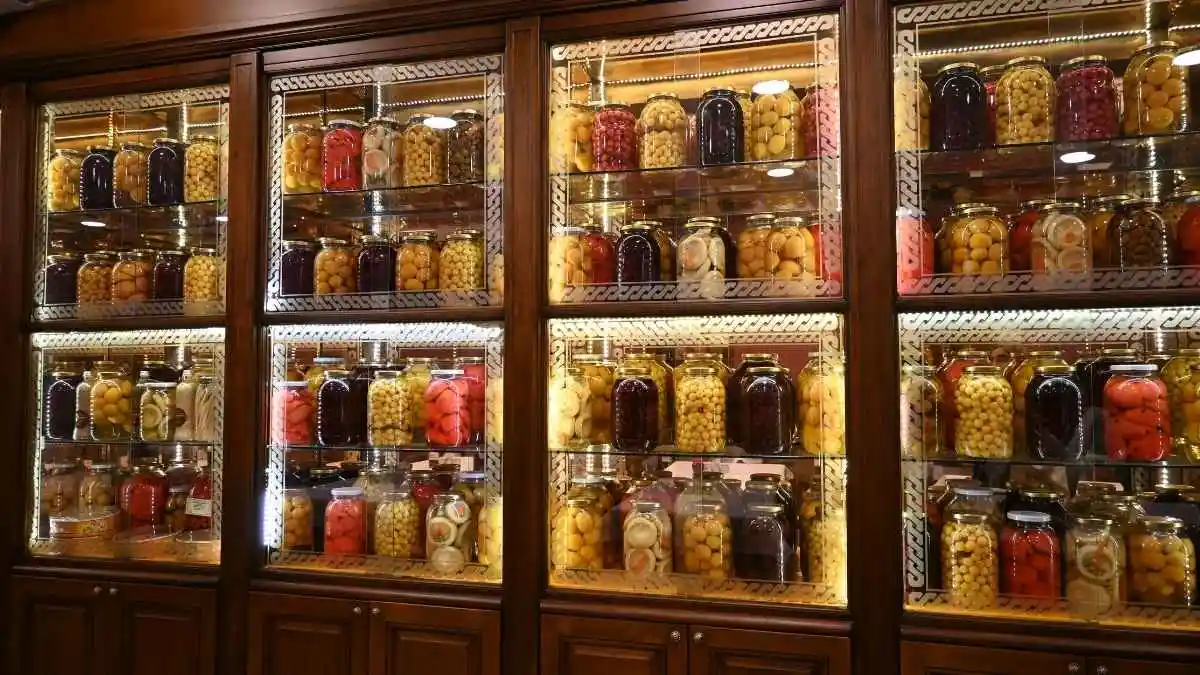
Failing to prepare for preserving your harvest can mean lost produce worth $500-$2,000 when your garden is at peak production.
Many beginners plant large gardens without considering how they’ll preserve the abundance. Essential equipment costs include pressure canners ($200-$400), freezers ($300-$800), and dehydrators ($100-$300).
A new trend in 2025 is freeze dryers becoming more accessible at $2,000-$4,000, with growing popularity among serious homesteaders.
The smartest preservation strategy:
- Buy preservation equipment BEFORE planting
- Start small: Master one method first
- Build preservation skills during winter months
Equipment priority for most beginners:
- Year 1: Large freezer + basic canning supplies ($500-$1,000)
- Year 2: Pressure canner + dehydrator ($300-$700)
- Year 3+: Freeze dryer if budget allows ($2,000-$4,000)
One Reddit homesteader documents preserving over 1,000 jars annually, feeding their family of four for just $300/month in groceries by using multiple preservation methods.
“We had a beautiful garden our first year but lost half the harvest because we couldn’t process it fast enough,” shares one homesteader. “Now we match our garden size to our preservation capacity, and nothing goes to waste.”
Match your garden size to your preservation capacity. Learn preservation methods before harvest season arrives. Start with freezing (easiest), then progress to canning and fermentation as you gain skills.


